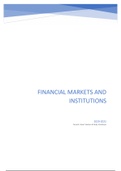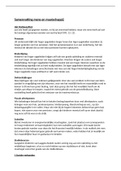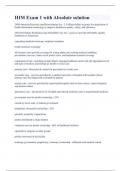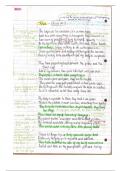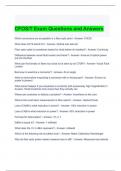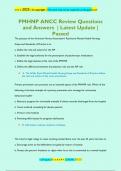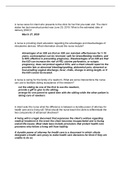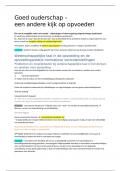Samenvatting
Summary Financial markets and institutions
This is a summary for the subject Financial Markets and Institutions at the VUB, written in the academic year . This summary contains all the subject matter of Prof. Geert Gielens and Prof. Rudy Vandorpe. Dit is een samenvatting voor het vak 'Financial Markets and Institutions' aan de VUB, gesc...
[Meer zien]
